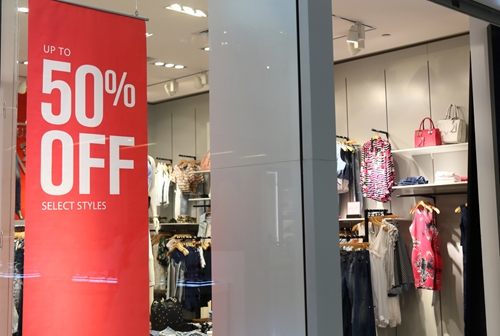Providing an omnichannel shopping experience to your customers might be convenient for them, but not always for you if you're a retailer. Your patrons aren't always aware of just how much work goes on behind the scenes to create a seamless encounter, from the customers viewing the product online to finally purchasing the item in store.
It all seems so easy. But this is anything but the case. In order to get all the different components of your retail shop to work together from the online store, shipping warehouses and your brick-and-mortar locations, you need a solution that can assist you in tying it all together. According to IBM's Big Data and Analytics Hub blog, more retailers plan to adopt predictive modeling software to make sense of the data they collect in an effort to keep up on their inventory.
"More retailers plan to adopt predictive modeling software to make sense of the data they collect."
Anticipating demands
Retailers already put modern integrated point-of-sale systems to use everyday that alert stores to low stock numbers. The machines can also automatically reorder items when the inventory numbers dip, The Houston Chronicle reports.
However, even an advanced POS system can't help shops when it comes to anticipating which products will be in demand next season and which ones will be duds. The problem is many retailers rely on their intuition and industry-wide suggestions of which products or styles to stock their stores with. Putting in an order for items that later do not sell means a store can take a big hit to its bottom line.
What retailers must do is focus more on their stores and customers rather than those industry predictions. IBM pointed out that using retail analytics and predictive modeling tools to examine their patrons' past purchasing habits gives shop owners a better picture of what products their customers might buy from them in the future.
Adding science to fashion
How do sartorial trends emerge? It seems to be a very organic and subjective process. However, data scientists are getting closer to anticipating what could be the next big thing. Heng Xu, an associate professor of information sciences and technology at Penn State, might have the answers, according to the university's website.
Xu and her team use big data gleaned from fashion magazines, runway shoe reviews and mentions on social media, to predict what clothing will sell.
"We can use social media data to identify consumer engagement patterns and predict regional demand," Xu told PSU.
With better predictions come greater control over sales and inventory.






